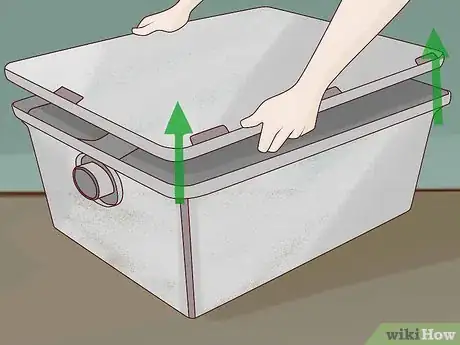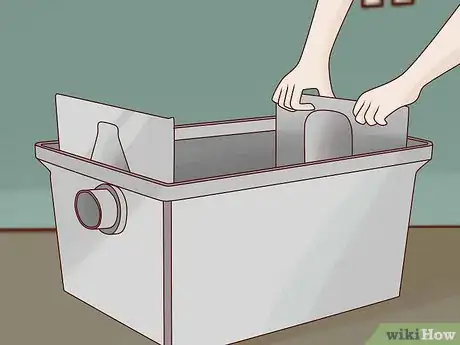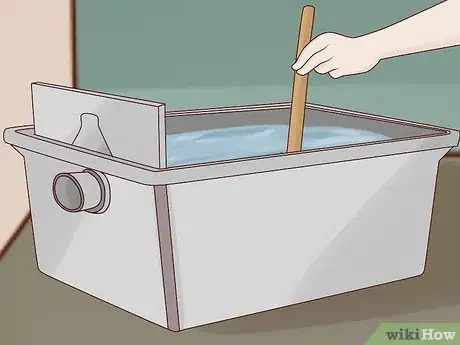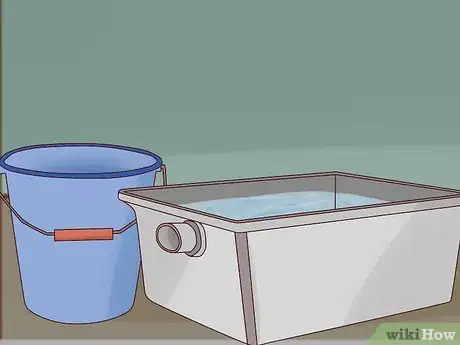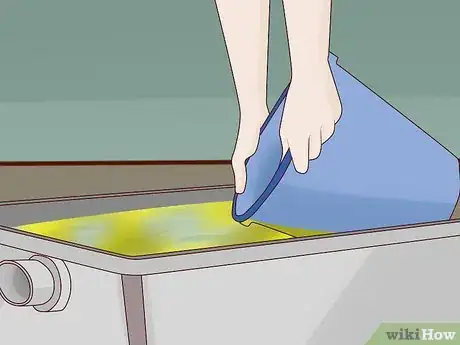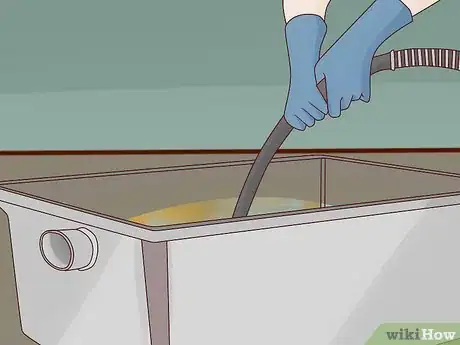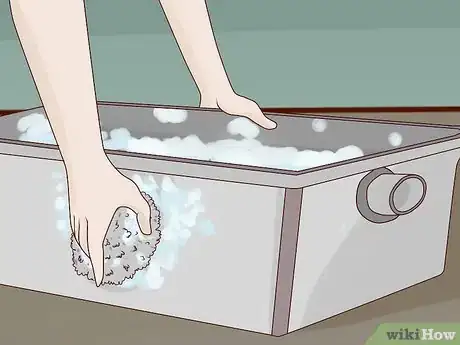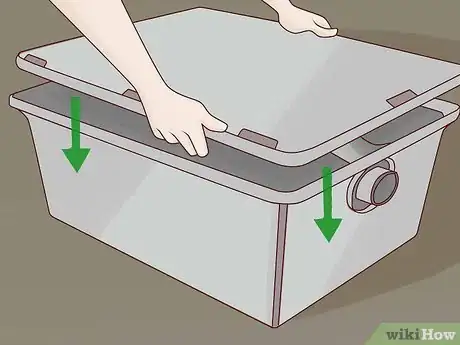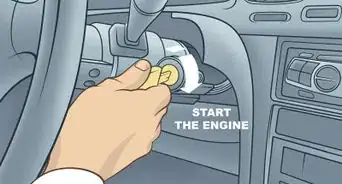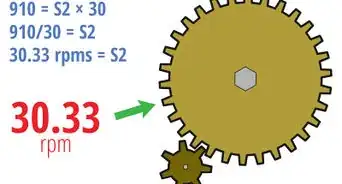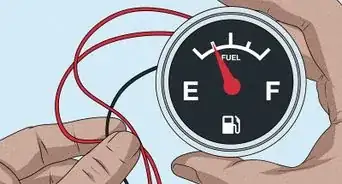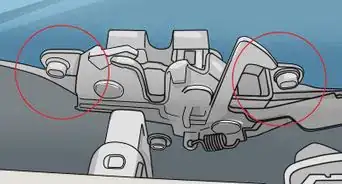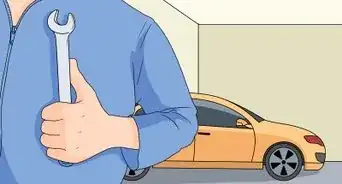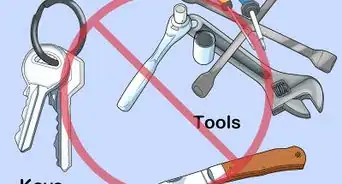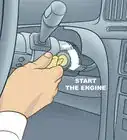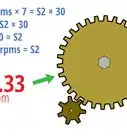This article was co-authored by Markeicha Dulaney and by wikiHow staff writer, Christopher M. Osborne, PhD. Chef Markeicha Dulaney is a Personal Chef and Founder of Sweet Monáe Personal Chef Services in 2015 in South Florida. She has over 22 years of experience in the kitchen and provides customizable menus to meet the dietary needs, taste preferences, style, and budget of each client. She also specializes in weekly in-home chef services, all-inclusive pro-chef services, boutique catering, and pantry organizing services. She was featured in The Knot's "Table for Two" YouTube episodes and has also been featured in Real Simple Magazine article on "What routines save you the most time.” Chef Markeicha Dulaney graduated with an Associate's Degree from the Pennsylvania Culinary Institute of Culinary Arts and is a longtime member of the USPCA (United States Personal Chef Association).
This article has been viewed 247,578 times.
Grease traps are designed to do just what the name implies, which is to trap fatty oils, greases, and sludge, and to separate the oils from water. The substances pass through a catching system, which gives them time to cool off and solidify, and the water passes through the drain as normal. This system must be maintained regularly in order to work effectively in keeping your grease trap clean. When done correctly, learning how to clean a grease trap will save you ample amounts of money for your business.
Steps
-
1Detach the lid from the grease trap gently with a pry bar.[1] Be sure to go slowly through this process, as there are gaskets for the grease trap located just under the cover. If you damage these, you will have to spend money to replace them.
-
2Inspect the grease trap's parts once the lid is removed. You will be removing and replacing parts during cleaning, and you need to know where the components are located and how to install them to put them back in properly. For better results, it may help to draw a diagram of the trap's interior so that you can refer to during the re-installation process.Advertisement
-
3Insert a wooden dowel or measuring stick into the grease trap. Gently guide it to the bottom of the trap, and swirl it lightly in the trap so that the grease and oils mark the dowel. This can provide you with a guide to how much debris is in the trap.
- Remove the dowel, and use a tape measure to determine how many inches of waste are present. Record the results in a FOG (fatty oils and grease) pump out report, which is issued by the Environmental Protection Agency (EPA).
-
4Use a small bucket to remove any standing water from the tank of your grease trap. If you prefer, you can store the water in a larger bucket or trash bin, and pour it back into the drain after collecting the waste.
-
5Remove the waste from your grease trap with the small bucket. Scoop the bucket in to the trap, and bring out the solidified waste. Place the waste in a water-tight container, such as a heavy-duty plastic trash bag.
-
6Scrape down the lid and the sides of the trap with your bucket. Remove any large pieces of fat or oils that are attached to the trap. To achieve an even cleaner trap, you can use a wet/dry vacuum to suck out any smaller bits of waste.[2]
-
7Clean the lids, trap sides, and parts with soap and room-temperature water. Use a steel pot scrubber to remove excess waste and odor. Flush the screens and parts with water to remove the soap and debris.
-
8Re-install the grease traps parts by following your diagram. Replace the lid once all the parts are secured and working.
-
9Copy your FOG report for your records.[3] Mail the original to the address listed on the report.
Expert Q&A
-
QuestionHow often should you clean a grease trap?
 Markeicha DulaneyChef Markeicha Dulaney is a Personal Chef and Founder of Sweet Monáe Personal Chef Services in 2015 in South Florida. She has over 22 years of experience in the kitchen and provides customizable menus to meet the dietary needs, taste preferences, style, and budget of each client. She also specializes in weekly in-home chef services, all-inclusive pro-chef services, boutique catering, and pantry organizing services. She was featured in The Knot's "Table for Two" YouTube episodes and has also been featured in Real Simple Magazine article on "What routines save you the most time.” Chef Markeicha Dulaney graduated with an Associate's Degree from the Pennsylvania Culinary Institute of Culinary Arts and is a longtime member of the USPCA (United States Personal Chef Association).
Markeicha DulaneyChef Markeicha Dulaney is a Personal Chef and Founder of Sweet Monáe Personal Chef Services in 2015 in South Florida. She has over 22 years of experience in the kitchen and provides customizable menus to meet the dietary needs, taste preferences, style, and budget of each client. She also specializes in weekly in-home chef services, all-inclusive pro-chef services, boutique catering, and pantry organizing services. She was featured in The Knot's "Table for Two" YouTube episodes and has also been featured in Real Simple Magazine article on "What routines save you the most time.” Chef Markeicha Dulaney graduated with an Associate's Degree from the Pennsylvania Culinary Institute of Culinary Arts and is a longtime member of the USPCA (United States Personal Chef Association).
Personal Chef Try to clean your grease trap once every 2 weeks (if your stove has one). Make sure that you're also cleaning the filters that are above the hood of the stove—those tend to collect a lot of grease, too.
Try to clean your grease trap once every 2 weeks (if your stove has one). Make sure that you're also cleaning the filters that are above the hood of the stove—those tend to collect a lot of grease, too. -
QuestionWhy is the area around my grease trap flooded?
 Community AnswerThe lid might not be on properly, or there could be possible corrosion below the trap. You should check all of the screws to make sure everything is tightened properly.
Community AnswerThe lid might not be on properly, or there could be possible corrosion below the trap. You should check all of the screws to make sure everything is tightened properly. -
QuestionWhere does one get a FOG report?
 Community AnswerAsk your city if they have a form. If not, certain cities just want an excel spreadsheet or folder with when and who performed the clean out.
Community AnswerAsk your city if they have a form. If not, certain cities just want an excel spreadsheet or folder with when and who performed the clean out.
Things You'll Need
- Grease trap
- Pry bar
- Wooden dowel or stick
- Tape measure
- FOG pump out report
- Bucket
- Wet/dry vacuum (optional)
- Liquid soap
- Steel pot scrubber
- Water source
References
- ↑ http://www.greasetrap.ca/grease-trap-cleaning.htm
- ↑ http://www.greasetrap.ca/grease-trap-cleaning.htm
- ↑ https://www.norfolk.gov/DocumentCenter/View/1262
- ↑ https://www3.epa.gov/npdes/pubs/pretreatment_foodservice_fs.pdf
- https://www.cityofsalinas.org/sites/default/files/howto-clean-grease-trap.pdf
- https://www.tampagov.net/wastewater/programs/grease-ordinance/education/how-to-properly-clean-your-grease-trap
